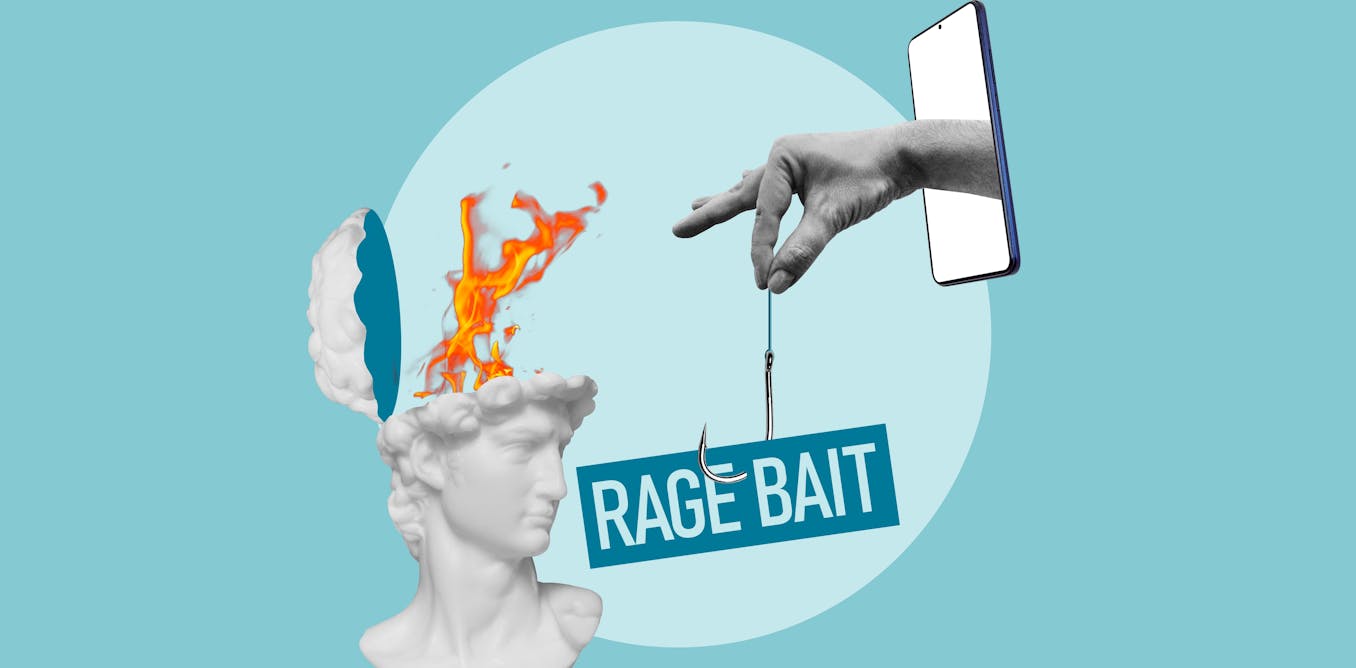Grief is a bodily experience. When I gave my mother’s eulogy at her memorial a few months after she died, I found it as hard to control my shaking hand as to deliver the words I’d written. Jema Gail Delistraty … age 55 … born in Brookfield, Illinois …. As I read, I tried to breathe in and I tried to breathe out, keeping an exacting pace, staying calm. If no one could physically see that I was grieving, then perhaps I was not. Tree falls in a forest, etc.
My own grief manifested most immediately in my body, and at first, that meant aggression, shouting, crying. But just months after my mother died, that aggression morphed into physical weakness. I slept for eleven hours a day, got exhausted on long walks, and fell sick every other month. My first response was to try to fight it: I trained for and ran a marathon; I took up a weight-lifting routine; I drank protein shakes out of a big plastic cup with a curled metal ball that clinked against its side. After a year, I gave that up. No matter what I did, my body gave out.
Carla Brown empathized with my corporeal fatigue. A laughter yoga teacher and last year’s World Laughter Champion — crowned in part thanks to the contagiousness of her laughter — she too had trouble breathing properly after her mother died. She’d be driving, and her chest would clench. Her breath would disappear. Her body, she says, was shutting down, yielding to grief. Laughter provided something of a solution — “metabolizing” and “digesting” her grief, she says.
Erich Lindemann was one of the first contemporary researchers to recognize grief’s physicality. In 1942, he was working in the psychiatric unit at Massachusetts General Hospital in Boston. After the deadliest nightclub fire in U.S. history killed nearly five hundred people at the Cocoanut Grove on November 28 of that year, Lindemann saw how the bereaved had somatic manifestations of grief. They had tight throats, heavy and persistent sighing, pain even when they were doing very little. The mere mention of their lost loved ones could bring these symptoms surging back.
Theoretically, laughter can change that: opening one up physically, releasing the pain and tightness and weakness that seems to originate in grief. But the confidence in laughter as a mode of improving not just grief but also anxiety, sadness, depression — you name it — initially confounded me. It felt like a grift. But then again aren’t all truly radical ideas first rejected until they’re finally mainstream? That’s what I told myself anyway.
And there has been success. Maharishi Mahesh Yogi, with whom the Beatles worked briefly and who was known to his global audience as “the giggling guru,” built an empire reportedly worth over $3 billion. In-demand contemporary laughter therapists seem to do pretty well for themselves, too, as Hewlett-Packard, IBM, and Volvo have all been hiring them to boost worker morale and productivity.
But was it for real?
Though there’s scientific evidence behind laughter’s physiological effects, like how it relaxes muscles, enhances circulation, and releases endorphins, more readily available (and, for some, more compelling) is the anecdotal evidence of laughter’s efficacy.
In the late 1960s and ’70s, Annette Goodheart, a painter and therapist, had been inventing laughter techniques. One of her favorites was her “winking meditation,” where you continually wink at someone until it makes you both laugh. She also invented the exercise of adding “tee-hee” to everything you say, particularly the most serious statements: “Tell your husband, ‘I have an important board meeting this morning … tee-hee,’” Goodheart counseled. “Confess to a friend, ‘My kids are driving me crazy … tee-hee.’ Say, ‘Life is terminal … tee-hee.’” (Goodheart named her sailboat the TeeHee.)
Goodheart — who died in 2011 but remains an inspiration for many contemporary laughter therapists — based her college workshops on the idea that people are generally inhibited in their emotions, unable to laugh or cry as much as they should, which contributes to physical and psychological problems. Danish laughter therapist Lotte Mikkelsen agrees, suggesting that in her home country of Denmark, as well as in the U.S. and the U.K., where she now lives, laughter and tears are closely regulated by others, particularly in childhood — conditioning us to suppress them for our entire lives.
“We hear things like ‘You’ve cried enough about that.’ Or ‘You laugh too much, it wasn’t that funny.’ And that whole expression about ‘Stop crying or I’ll give you something to cry about,’” Mikkelsen says. “Because of this, people change their self-expression.”
To remove those barriers to vulnerability, Goodheart advised that a person who is in psychological pain, like grief, should spend time trying to achieve catharsis, taking the time to cry. To be that open in your emotions, she said, requires significant amounts of laughter, both to open your body to vulnerability and then to bring you back to normalcy. We also should make time to laugh more — a lot more. Perhaps five hundred times per day, Goodheart said.
“We know that four-year-olds laugh five hundred times a day, while the average adult laughs only fifteen times a day,” she claimed. “If we could laugh as frequently as a four-year-old, we could have the heart rate and blood pressure of a four-year-old.”
A cheerful heart is good medicine, but a broken spirit saps a person’s strength.
Proverbs 17:22
Curious what a professional laughter session might look like, I asked Carla Brown to do a brief one with me. She was traveling abroad, so we did it over Zoom, at around nine in the morning. I’d made some coffee in the Bialetti, and was sitting, tired and waiting for the caffeine to activate, when her face showed up on my screen.
Let’s stand, Brown said. “So, with grief,” Brown said, as I mimicked her by flapping my arms and rolling my shoulders, “emotion gets trapped in the body.” On the screen, she stopped and stared out. She instructed me to soften my gaze and bring my body back to a kind of stasis. “When we are navigating loss and grief, it’s really important to befriend the body, because the body is feeling grief as well as the mind,” she said. “So you’re feeling your body here, you’re feeling the energy moving, it’s neutral, right, we’re just having a neutral experience right now.” Deep inhales. Measured breathing. Reaching my arms up, then exhaling and letting them come down.
Then we got to the laughter. Brown told me I could get a pen and put it between my lips to “engage the smiling muscles.” I did, and we began forcing ourselves to laugh. We put our arms up and simulated crying as we swooped our heads toward the floor, then simulated laughter as we came back up. Crying down, laughing up. Then the “woodchopper laughter” exercise, a liberation of the diaphragm. Feet hip’s width apart. Knees a bit bent. Hands clasped. Inhale. Reach up. Then I dropped my clasped hands toward the floor hard as if I were holding an ax and chopping wood and shouted “Ha!”
Again. Again.
Brown began to laugh more genuinely, it seemed. Then I did, too. “Ha!” I shouted. It felt freeing. When we finally came back to stasis, breathing normally again, putting our hands on our hearts, our bellies, feeling our breath, I wanted that kind of bodily catharsis every morning.
Though I’d initially discounted it, laughter therapy set the groundwork to search out bigger possibilities that would become ever more challenging. I still had little idea what to do with myself, but I was laughing now. Fake at first, then slowly for real. This was hopeful. Because it was something — a push into an abyss of grief “cures” that would only get more bizarre.
This article Is laughter really the best medicine? A journalist puts the proverb to the test. is featured on Big Think.

The post “Is laughter really the best medicine? A journalist puts the proverb to the test.” by Cody Delistraty was published on 06/26/2024 by bigthink.com



































